Directed Graph Based Risk Analysis of Fire Spread in Buildings in Chinese Traditional Villages
-
摘要:
在传统村落开发保护过程中,建筑消防改造及建筑布局改变等会导致火灾风险发生变化. 火灾蔓延模拟工作量大、成本高及基础资料获取困难. 为克服这些难点,首先,将单体建筑视为有向图的节点、建筑间的火灾蔓延关系视为节点间的边,通过火灾蔓延模拟判断节点周边局部蔓延路径,并建立有向图的邻接矩阵,利用有向图遍历算法确定特定火灾场景下的蔓延范围,给出考虑多场景建筑群火灾蔓延的损失期望;然后,通过增删节点或边修正有向图邻接矩阵,反映建筑改造、增建或树木对建筑群火灾蔓延关系的变化,重新应用节点遍历算法确定变化后的建筑群火灾蔓延风险;最后,以某一传统村落为例验证方法的有效性. 研究结果表明:本文方法可快速计算动态变化的建筑群火灾蔓延风险,减少火灾蔓延再模拟的工作量;在火灾蔓延防控上,对危险性较高的6个节点进行消防加强改造,可使建筑群火灾蔓延的最大损失及损失期望分别降低61.9%、52.1%;在建筑规划或管理上,应避免新增建筑、树木等可燃物位于建筑密集区域或连通多个建筑密集区域的“桥节点”处.
Abstract:In the development and protection of traditional villages, building renovation and layout change for fire prevention may cause the changes in fire risk. Fire spread simulation is marked by large workloads, high costs and difficulty in acquiring basic data. To cope with these, first, the single building is regarded as the node of the directed graph, and the fire spread relationship between buildings as the edge between nodes. The local spread path around the node is judged through the fire spread simulation, the adjacency matrix of the directed graph is established, the spread range under a specific fire scene is determined by the traversing directed graph algorithm, and the loss expectation for the multiple fire spread scenarios is presented. The adjacency matrix of the directed graph is modified by adding and deleting nodes or edges to reflect the changes of building renovation and addition and trees on the fire spread relationships, and the traversing algorithm of nodes is reused to determine the fire spread risk of the buildings. Finally, a traditional village is used as an example to verify the proposed method. The results show that the proposed method can quickly calculate the fire spread risk of the dynamically changing village buildings and reduces the workload of fire spread re-simulation. In terms of fire spread prevention and control, the maximum loss and loss expectation of fire spread between buildings can be respectively reduced by 61.9% and 52.1% through improving fire preventions of 6 highly-risky nodes. For building planning or management, it is necessary to avoid the case of new buildings, trees and other combustible materials locating in densely built areas or link-nodes connecting multiple densely built areas.
-
表 1 改造不同节点数量后建筑群火灾蔓延风险
Table 1. Fire spread risk for different numbers of nodes involved in fire preventions
改造
节点/个改造节点编号 有向图
边/条L(i)max/m2 R /m2 ΔR−i /% 1 40 121 1074 481 22.9 2 40,18 113 973 424 32.1 3 40,18,30 107 902 368 41.0 4 40,18,30,61 102 724 337 46.0 5 40,18,30,61,38 96 684 316 49.4 6 40,18,30,61,38,20 92 684 299 52.1 表 2 增加不同节点数量后建筑群火灾蔓延风险
Table 2. Fire spread risk of buildings for adding different numbers of nodes
增加节点/个 增加节
点编号有向图边数
/条L max(i)/m2 R/m2 ΔR + i /% 1 107 135 1 873 752 20.5 2 107,108 139 2 875 960 53.8 3 107,108,109 145 5 311 1 829 193.1 -
[1] 冯骥才. 传统村落的困境与出路——兼谈传统村落是另一类文化遗产[J]. 民间文化论坛,2013(1): 7-12. [2] 高楠,邬超,白凯,等. 中国传统村落空间分异及影响因素[J]. 陕西师范大学学报(自然科学版),2020,48(4): 97-107.GAO Nan, WU Chao, BAI Kai, et al. Spatial differentiation and influencing factors of Chinese traditional villages[J]. Journal of Shaanxi Normal University (Natural Science Edition), 2020, 48(4): 97-107. [3] 《中国火灾大典》编辑委员会. 中国火灾大典[M]. 上海: 上海科学技术出版社, 1997. [4] International Organization for Standardization. Fire safety engineering—guidance on fire risk assessment: ISO/PDTS 16732 —2005[S]. Geneva: ISO Office, 2005 [5] 范维澄, 孙金华, 陆守香, 等. 火灾风险评估方法学[M]. 北京: 科学出版社, 2004 [6] 保野健治郎,高井広行,难波义郎. ロジスティック曲線による建物火災の延焼速度式に関する基礎的研究[J]. 日本建筑学会论文报告集,1982(311): 137-144.YASUNO K, TAKAI H, NAMBA Y. A basic study on fire spread formula of houses used by logistic curve[J]. Transactions of the Architectural Institute of Japan, 1982(311): 137-144. [7] 黄维章,张锁春,雷光耀,等. 城市火灾蔓延的数学模型和计算机模拟[J]. 计算物理,1993,10(1): 9-19.HUANG Weizhang, ZHANG Suochun, LEI Guangyao, et al. A mathematical model of an urban fire-spread and computer simulation[J]. Chinese Journal of Computation Physics, 1993, 10(1): 9-19. [8] NISHINO T, TANAKA T, HOKUGO A. An evaluation method for the urban post-earthquake fire risk considering multiple scenarios of fire spread and evacuation[J]. Fire Safety Journal, 2012, 54: 167-180. doi: 10.1016/j.firesaf.2012.06.002 [9] OHGAI A, GOHNAI Y, WATANABE K. Cellular automata modeling of fire spread in built-up areas—a tool to aid community-based planning for disaster mitigation[J]. Computers,Environment and Urban Systems, 2007, 31(4): 441-460. doi: 10.1016/j.compenvurbsys.2006.10.001 [10] 孟晓静,杨立中,李健. 基于元胞自动机的城市区域火蔓延概率模型探讨[J]. 中国安全科学学报,2008,18(2): 28-33,176. doi: 10.3969/j.issn.1003-3033.2008.02.005MENG Xiaojing, YANG Lizhong, LI Jian. Probability model of urban district fire spread based on cellular automata[J]. China Safety Science Journal (CSSJ), 2008, 18(2): 28-33,176. doi: 10.3969/j.issn.1003-3033.2008.02.005 [11] 柳春光,王碧君,潘建伟. 基于元胞自动机的城市地震次生火灾蔓延模型[J]. 自然灾害学报,2010,19(1): 152-157.LIU Chunguang, WANG Bijun, PAN Jianwei. Urban post-earthquake fire spread model based on cellular automata[J]. Journal of Natural Disasters, 2010, 19(1): 152-157. [12] HIMOTO K, TANAKA T. Development and validation of a physics-based urban fire spread model[J]. Fire Safety Journal, 2008, 43(7): 477-494. doi: 10.1016/j.firesaf.2007.12.008 [13] ZHAO S J, XIONG L Y, REN A Z. A spatial–temporal stochastic simulation of fire outbreaks following earthquake based on GIS[J]. Journal of Fire Sciences, 2006, 24(4): 313-339. doi: 10.1177/0734904106060786 [14] 赵思健,任爱珠,熊利亚. 城市地震次生火灾研究综述[J]. 自然灾害学报,2006,15(2): 57-67. doi: 10.3969/j.issn.1004-4574.2006.02.010ZHAO Sijian, REN Aizhu, XIONG Liya. Review of studies on urban post-earthquake fires[J]. Journal of Natural Disasters, 2006, 15(2): 57-67. doi: 10.3969/j.issn.1004-4574.2006.02.010 [15] 张健,宋志刚,李全旺,等. 木结构建筑群火灾蔓延危险建筑的识别及防火改造效果评价[J]. 工程力学,2020,37(4): 60-69.ZHANG Jian, SONG Zhigang, LI Quanwang, et al. Identification and fire protection evaluation of critical buildings to prevent fire spread in densely built wood building areas[J]. Engineering Mechanics, 2020, 37(4): 60-69. [16] HIMOTO K, TANAKA T. A physically-based model for urban fire spread[J]. Fire Safety Science, 2003, 7: 129-140. doi: 10.3801/IAFSS.FSS.7-129 [17] 卓新建, 苏永美. 图论及其应用[M]. 北京: 北京邮电大学出版社, 2018. [18] 郭世泽, 陆哲明. 复杂网络基础理论[M]. 北京: 科学出版社, 2012. [19] Technical Committee on Exposure Fire Protection. Standard for doors and other opening protective: NFPA80A[S]. Quincy, Massachusetts: National Fire Protection Association, 2017. [20] 中华人民共和国住房和城乡建设部, 中华人民共和国国家质量监督检验检疫总局. 自动喷水灭火系统设计规范: GB 50084—2017[S]. 北京: 中国计划出版社, 2017. 期刊类型引用(9)
1. 陈宇露,余压芳. 基于CSSCI与北大核心期刊文献的我国传统村落火灾研究现状及热点问题知识图谱分析. 今日消防. 2024(09): 16-18 .  百度学术
百度学术2. 杨艺明,张健,宋志刚,何忠义,李伟燕. 基于消防安全紧迫度的传统村落消防站选址布局优化研究. 昆明理工大学学报(自然科学版). 2024(06): 169-178 .  百度学术
百度学术3. 吴运法,陈泽昊,王东喆,陈萨如拉. 徽州传统村落火灾风险评估研究. 安徽建筑大学学报. 2023(02): 33-39 .  百度学术
百度学术4. 张扬,张健,左林阳. 云南传统民居建筑木质横梁耐火性能分析. 消防科学与技术. 2023(05): 652-657 .  百度学术
百度学术5. 张健,宋志刚,张雨,高学文. 西南传统村落火灾蔓延风险简化模拟评估方法. 安全与环境学报. 2023(07): 2167-2176 .  百度学术
百度学术6. 储金龙,滕璐,李久林,杨宣宣. 传统村落产业系统风险多情景模拟——以黄山市歙县148个传统村落为例. 热带地理. 2023(08): 1611-1624 .  百度学术
百度学术7. 吴亮. 超高层建筑火灾外界风对建筑内烟气蔓延的数值模拟. 科技创新与应用. 2023(25): 62-65 .  百度学术
百度学术8. 张扬,张健,高学文. 穿斗式民居建筑高压细水雾系统控火效果研究. 消防科学与技术. 2023(08): 1074-1079 .  百度学术
百度学术9. 卢婷,郑飞扬,高学文. 基于无人机技术的村落建筑群火灾蔓延模型的构建. 消防科学与技术. 2022(12): 1679-1682+1697 .  百度学术
百度学术其他类型引用(3)
-






 下载:
下载:
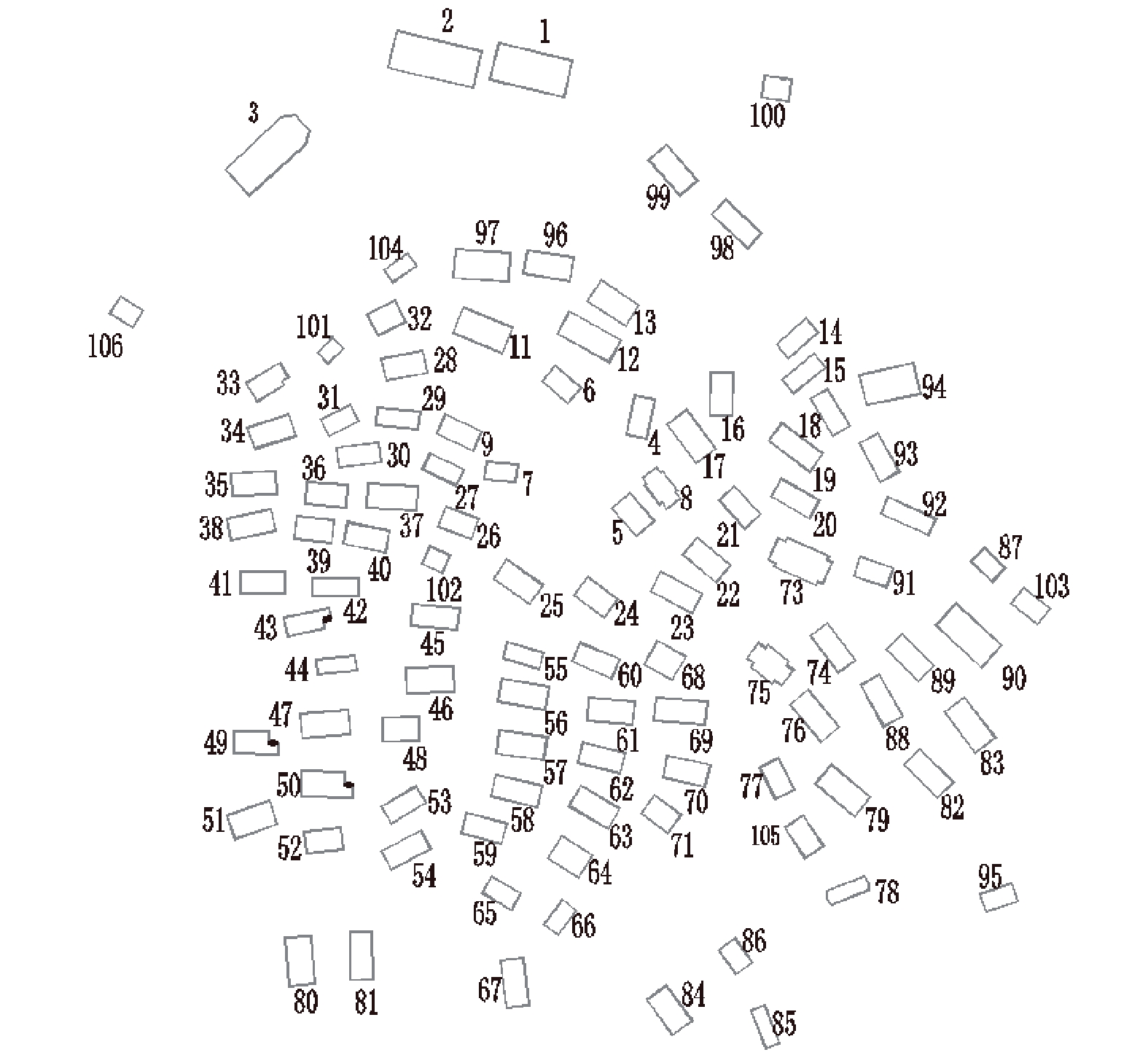
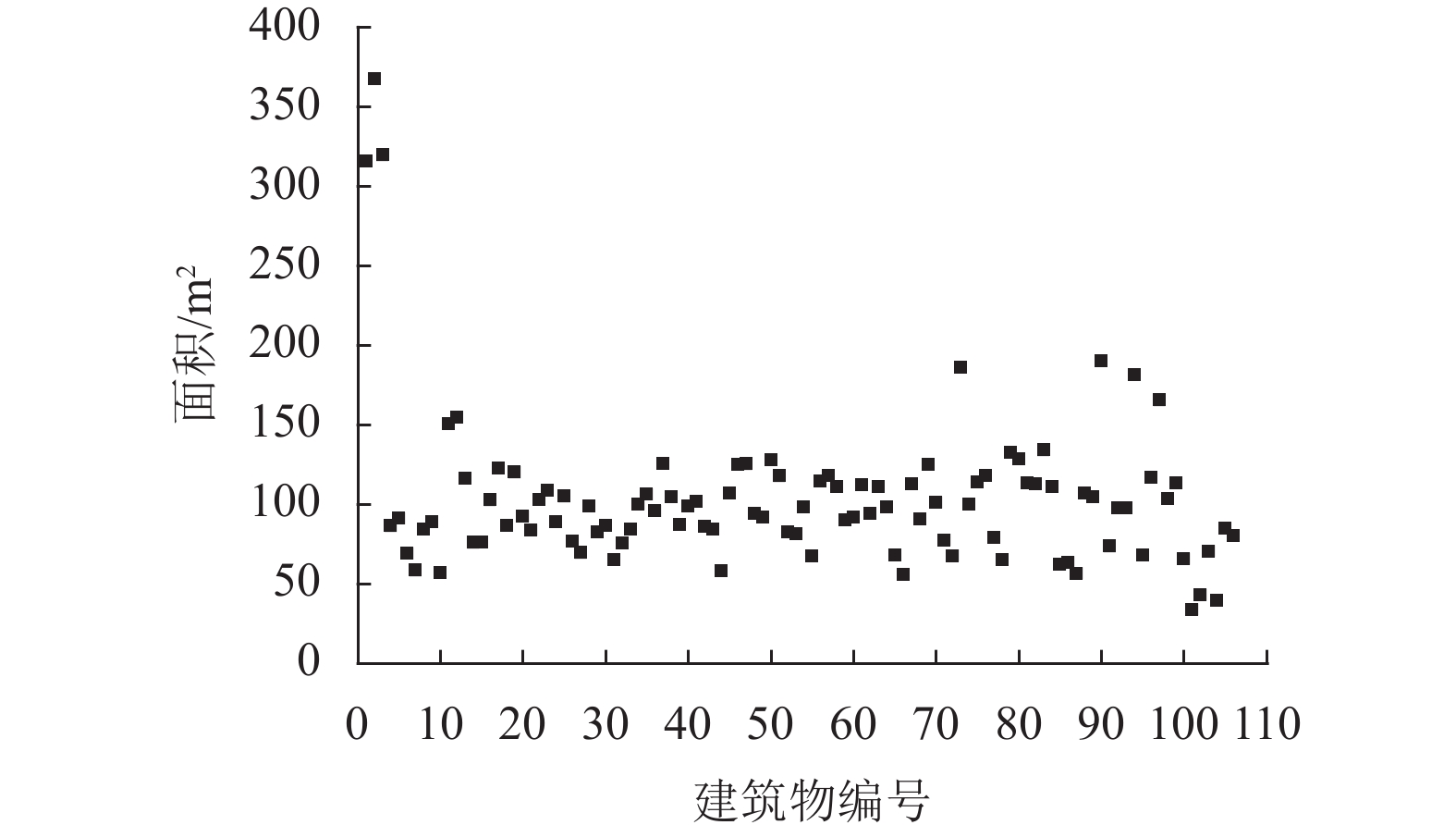
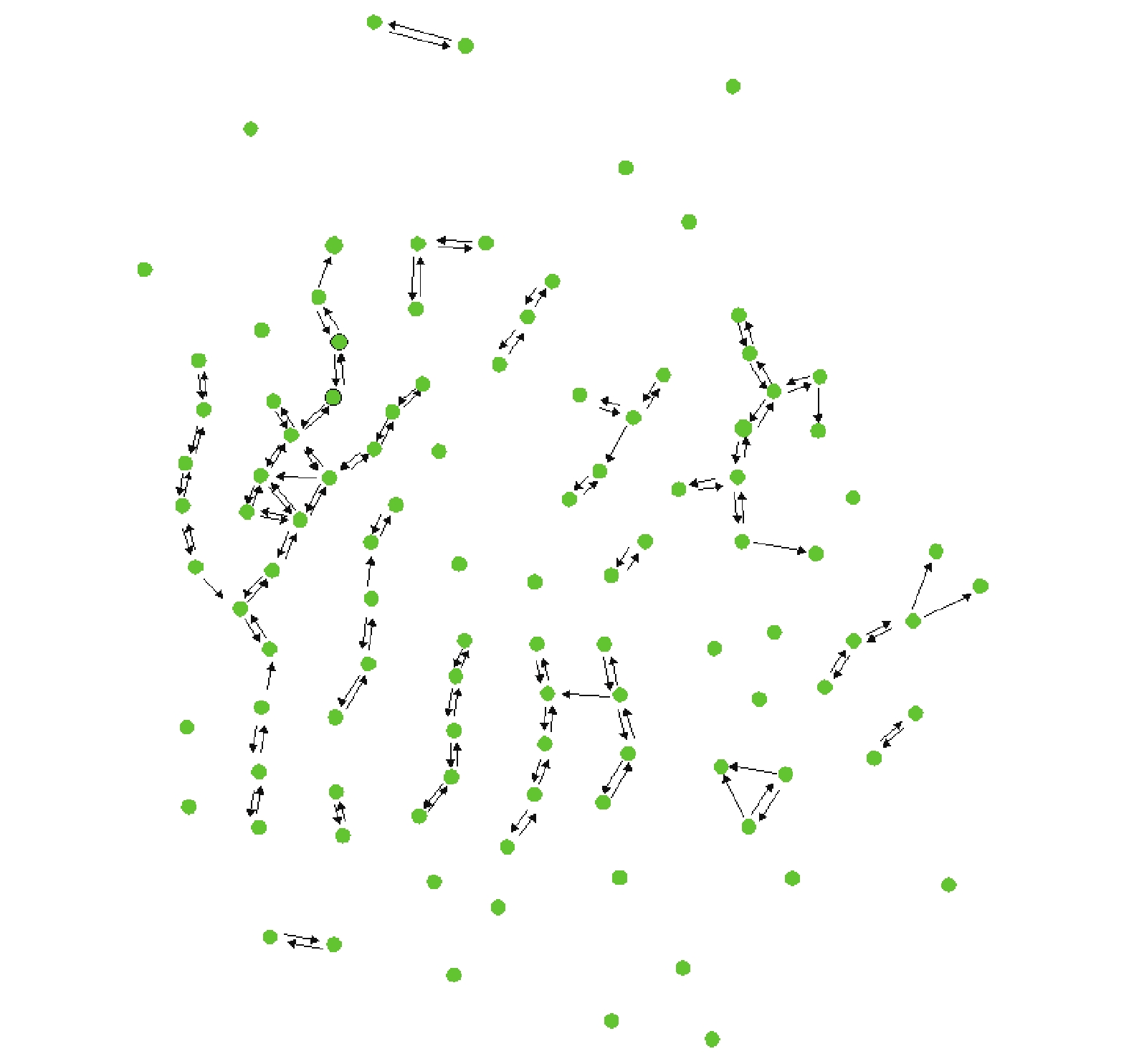
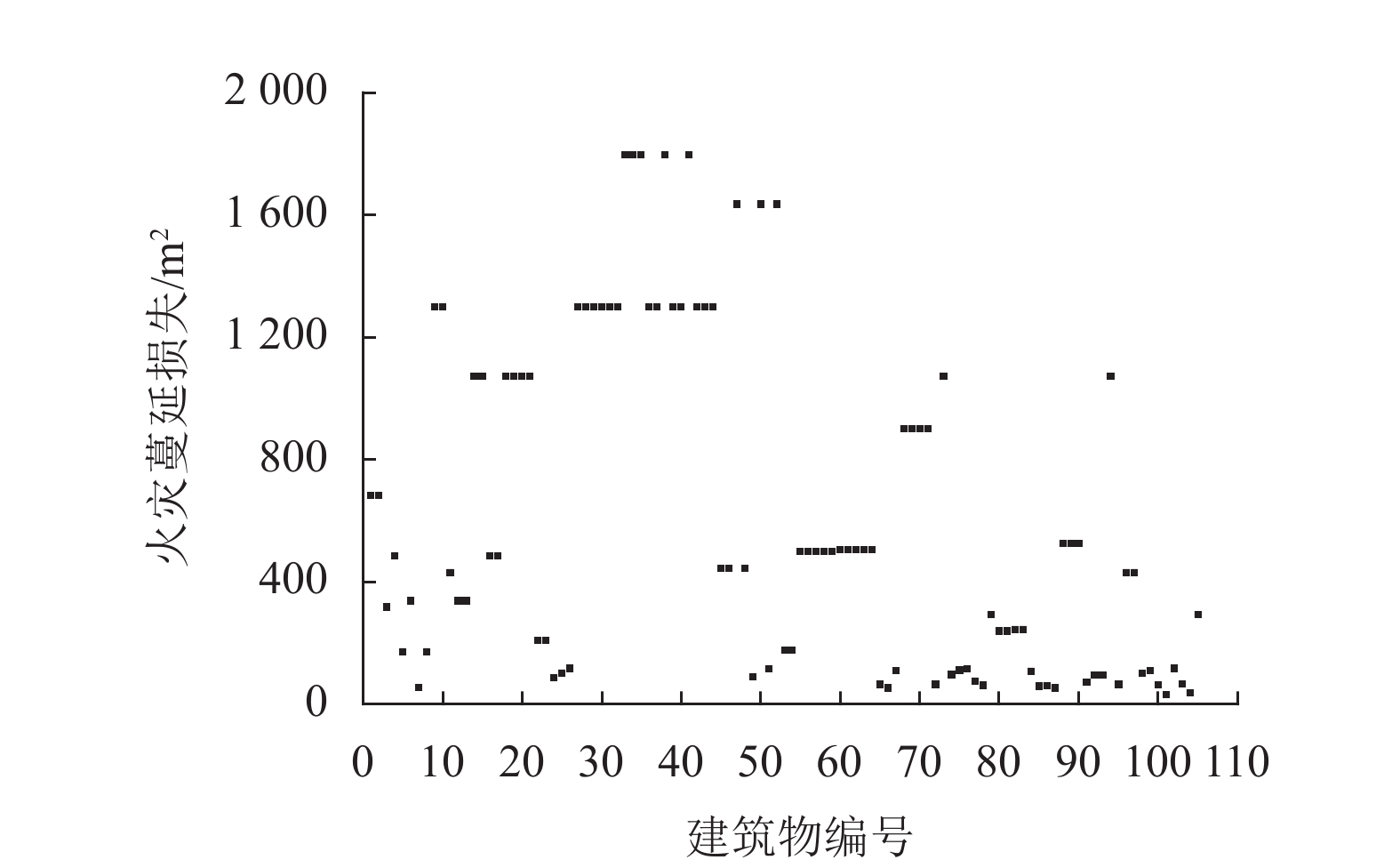
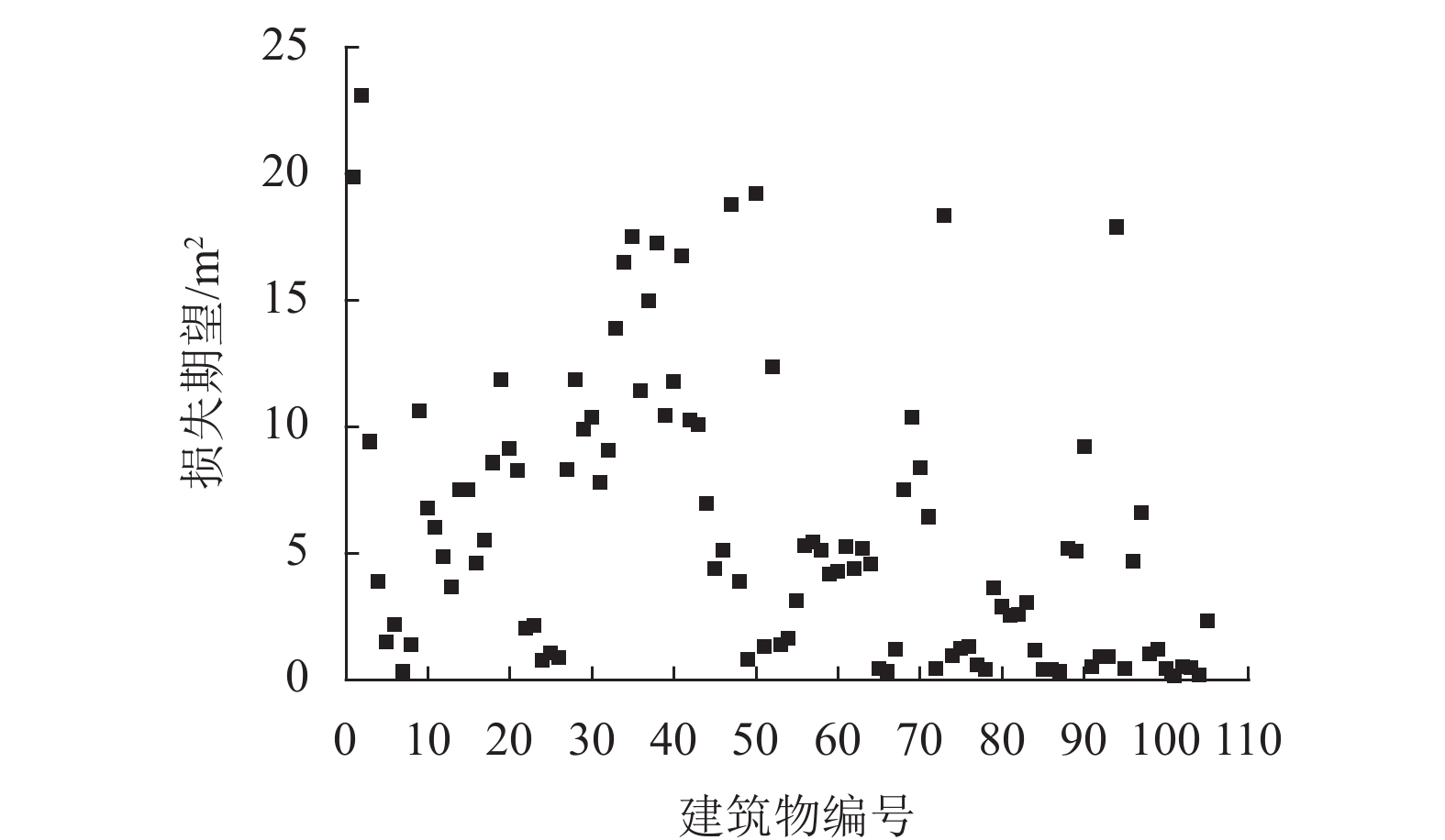
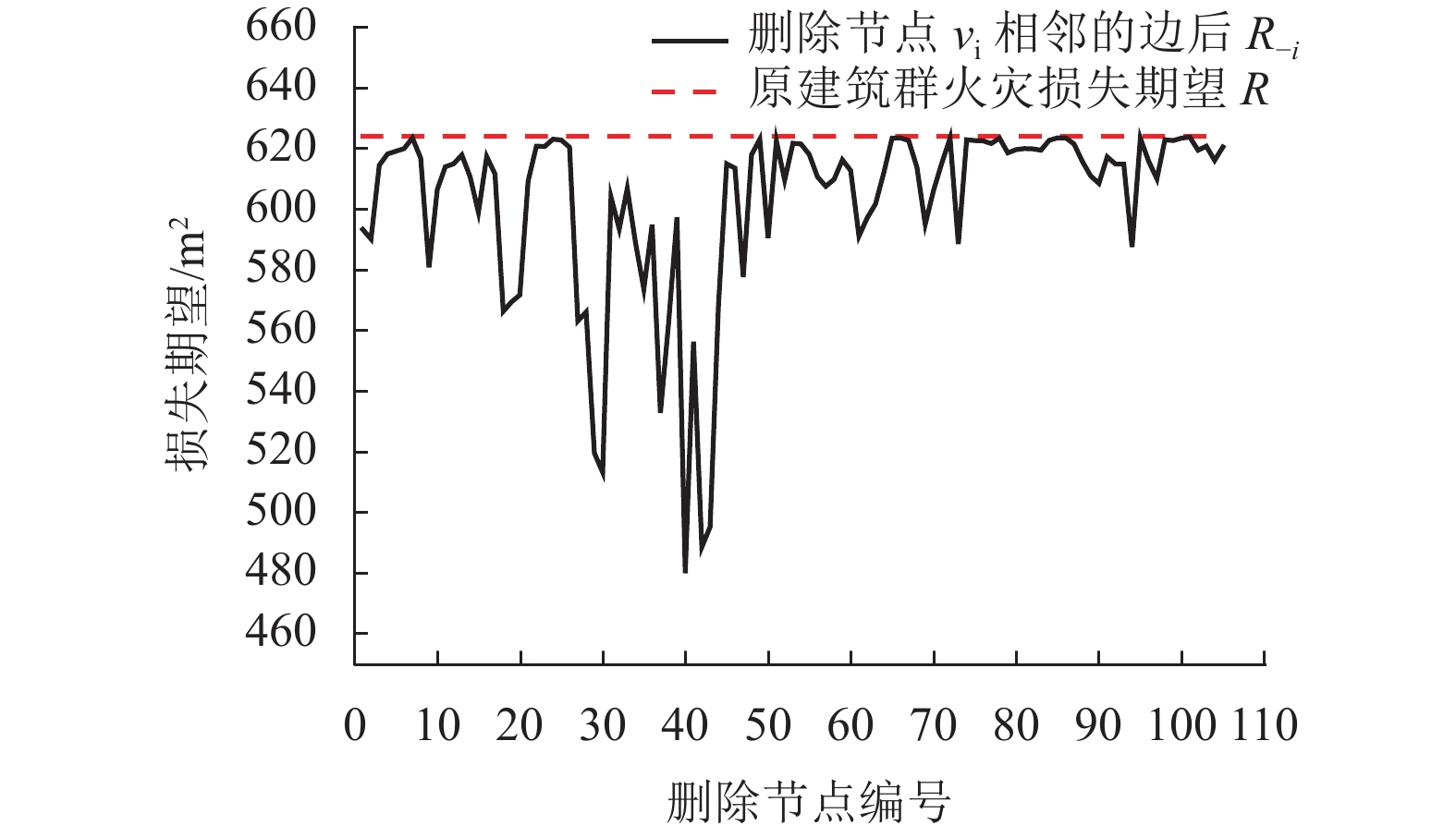
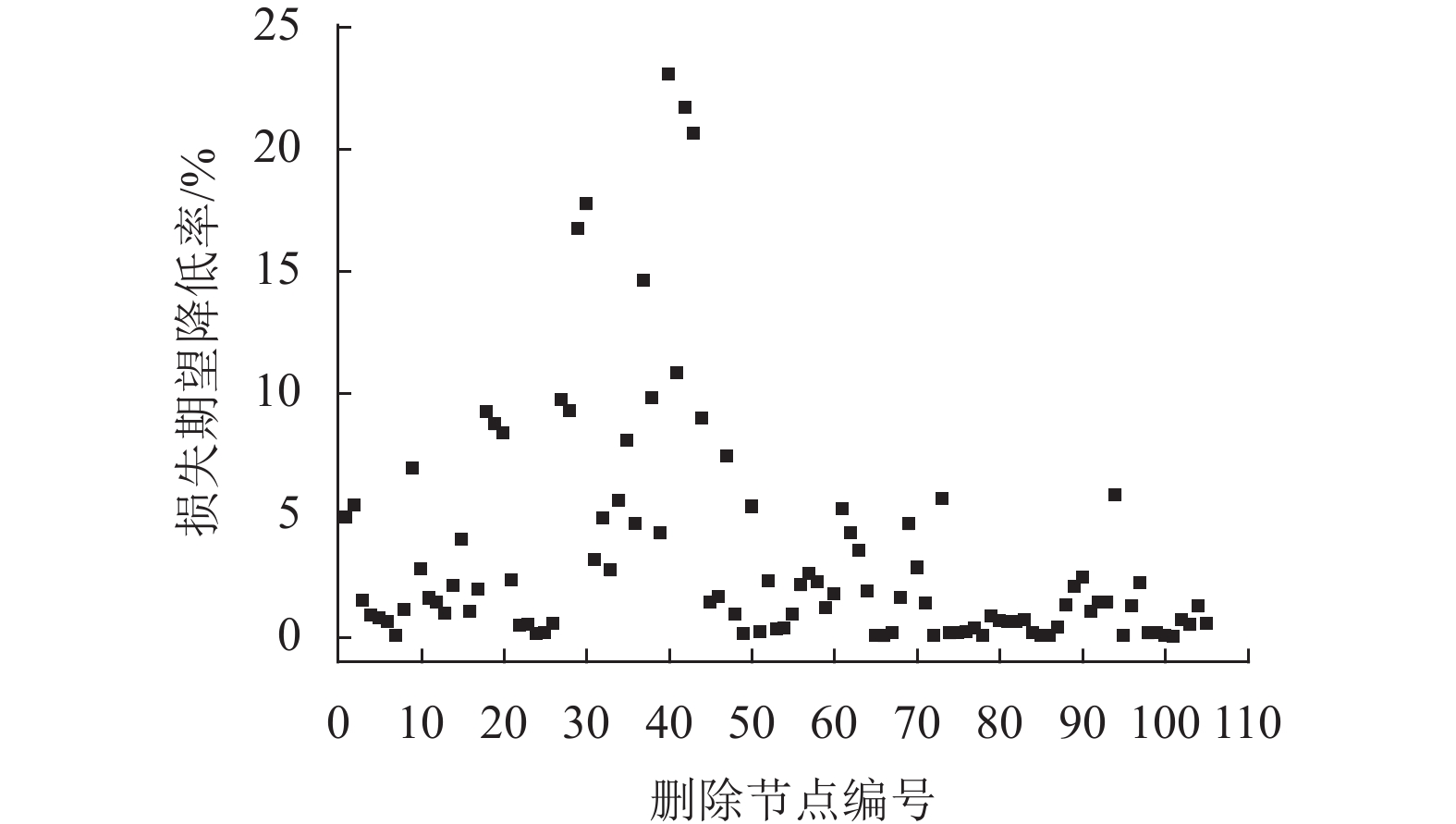
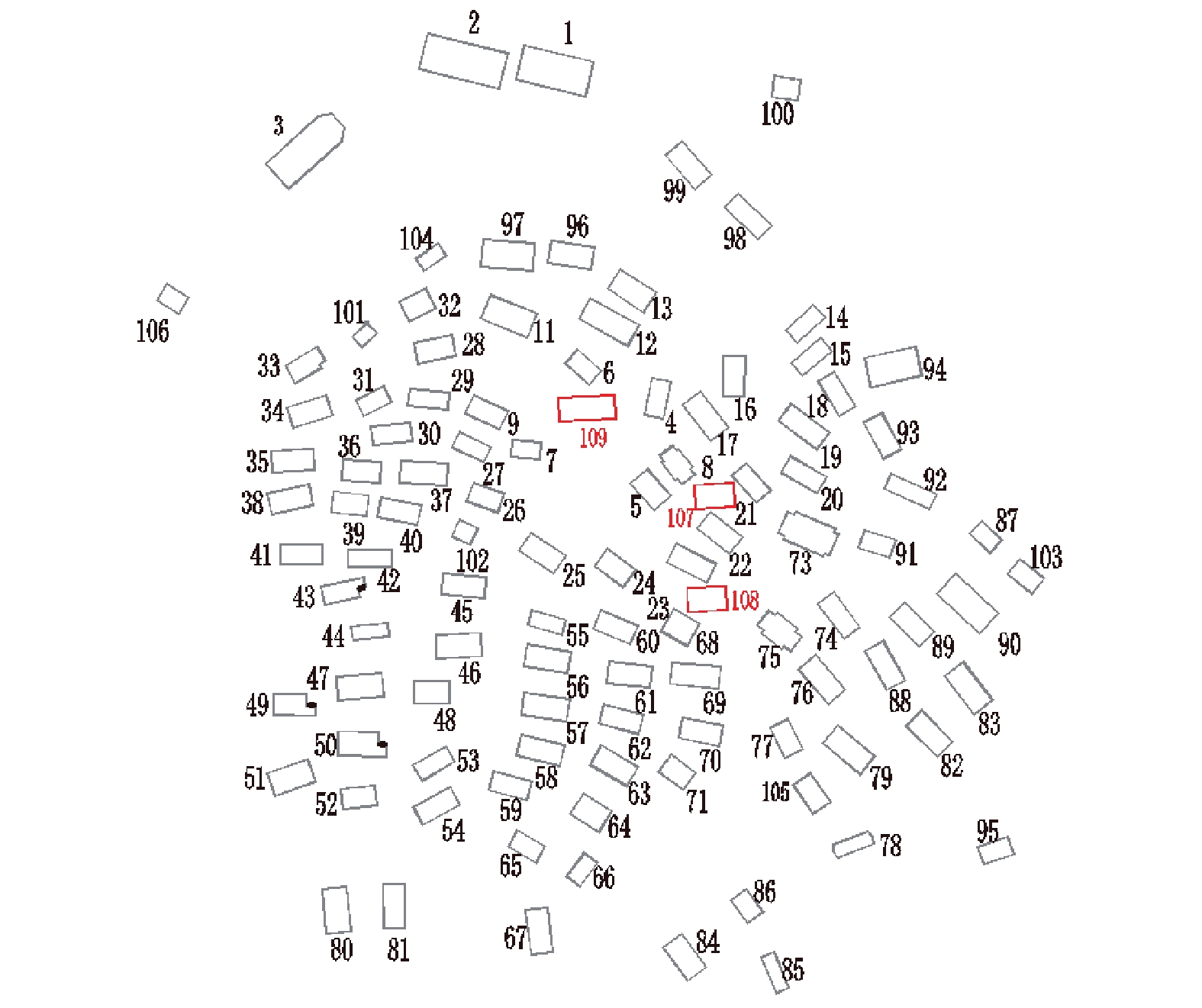
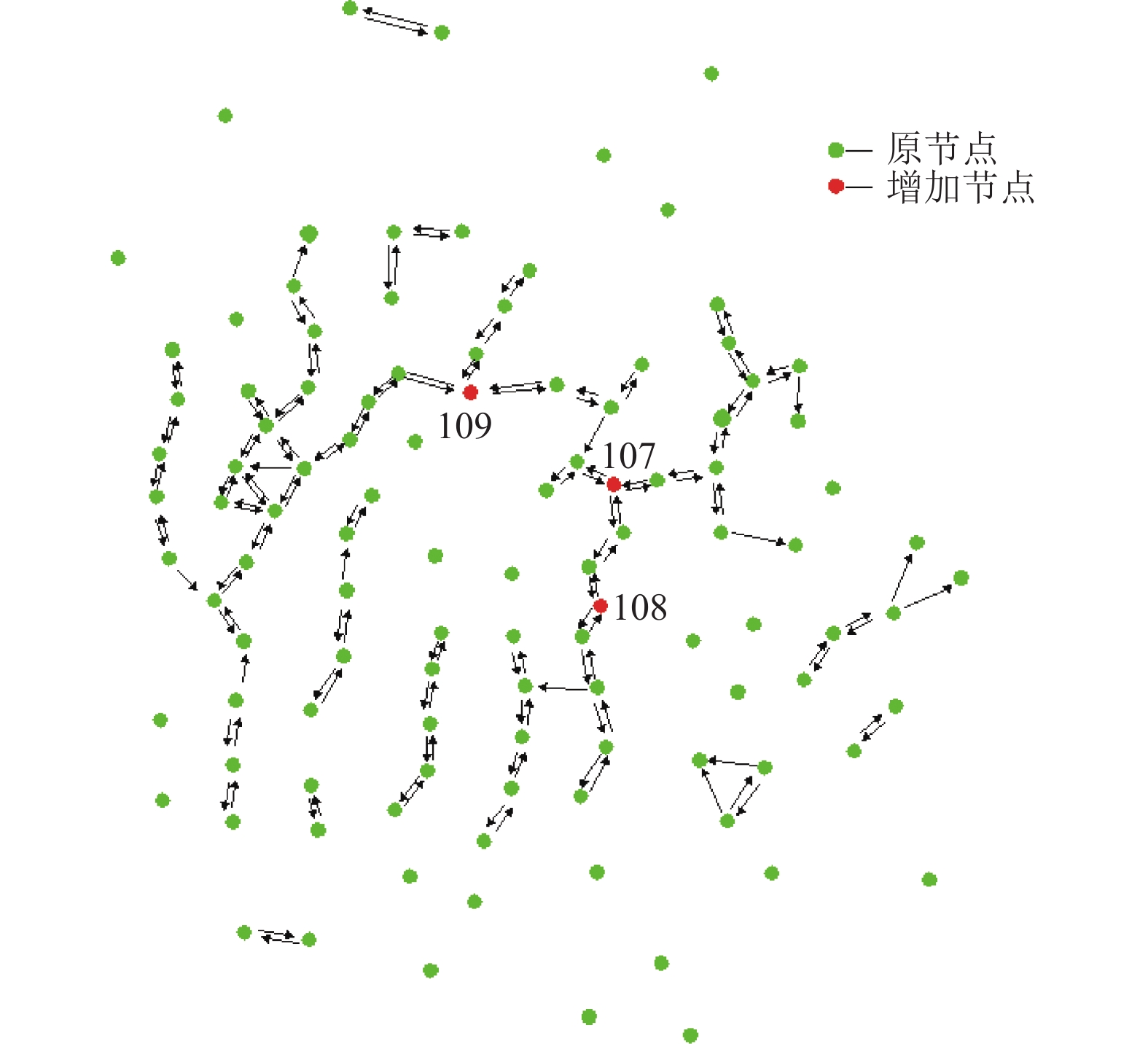
 百度学术
百度学术
